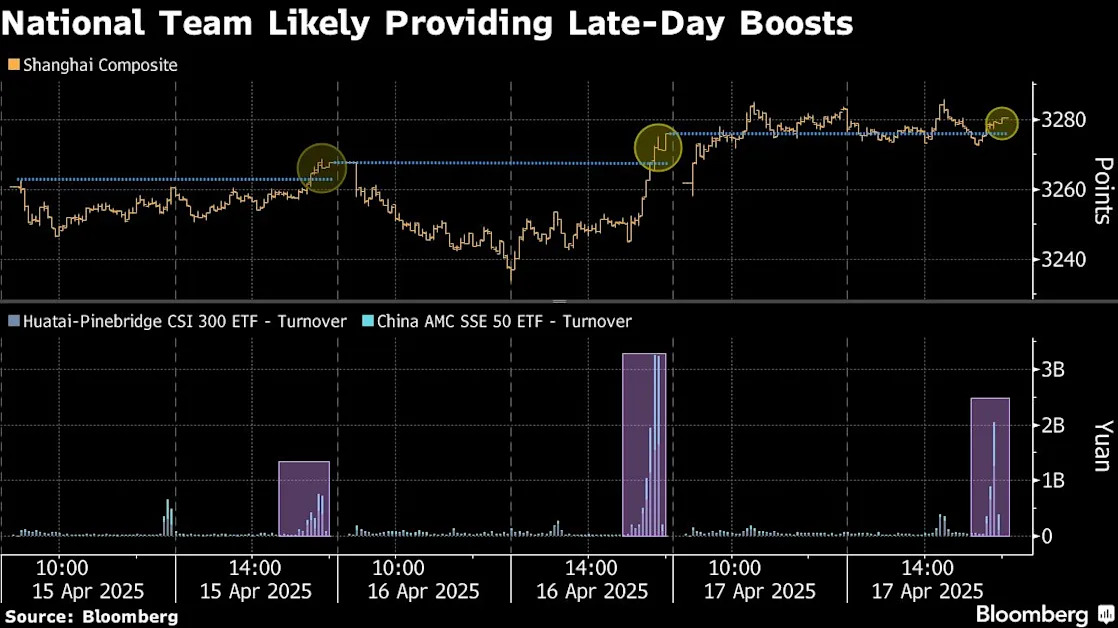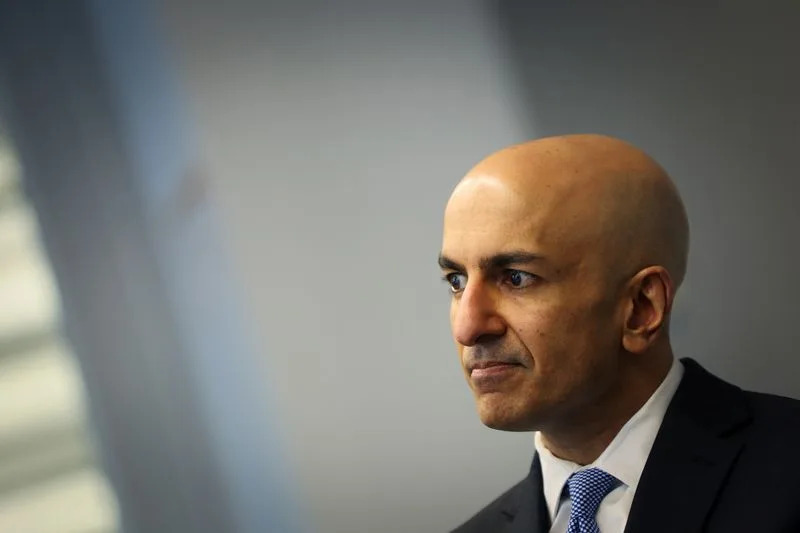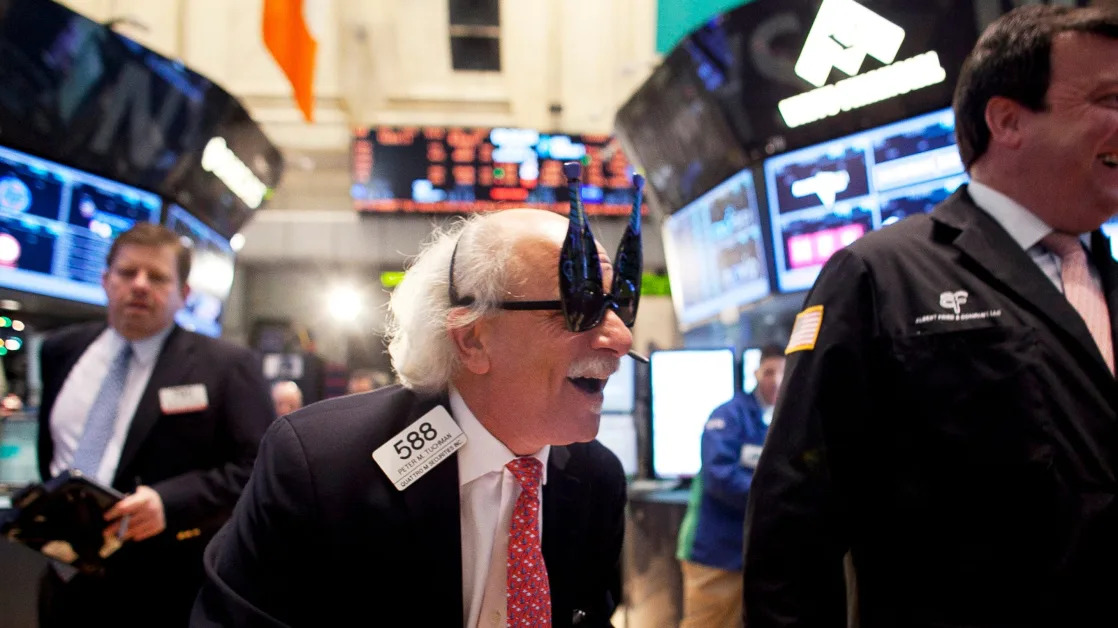(Bloomberg) -- Australia’s central bank chief Michele Bullock is struggling to persuade money markets and economists with her hawkish message, in a sign that the Reserve Bank has work to do to win back credibility lost during the pandemic.
The RBA this week used minutes of its August meeting to convey how seriously it considered raising interest rates before opting to keep them higher for longer. While the statement made it clear a cut on its cash rate currently at a 12-year high of 4.35% wasn’t on the horizon, economists forecasting one in November and traders pricing an easing in December, remain unmoved.
The RBA’s difficulty in containing inflation — the bank nudged back its forecast for the gauge to return to the target midpoint — comes at a time when central banks from New Zealand to Canada and the UK have already cut rates. Meantime, the US Federal Reserve is laying the ground to begin easing as soon as next month.
“The market is struggling to see the case for why Australia is different,” said Sally Auld, chief investment officer at JBWere Ltd. “The RBA does appear to be pushing up against the bounds of credibility” with its forecast showing inflation won’t return to the midpoint of its 2-3% target until late 2026. If that proves right, then CPI will have been above target for five years.
The RBA took on a significant challenge during the post-Covid tightening cycle — begun under Bullock’s predecessor Philip Lowe — by choosing to raise rates less than peers in a bet that it could bring down inflation without damaging the labor market. The result has been a benchmark that’s about 1 percentage point lower than the Fed’s and a slower cooling in inflation than many global peers.
The RBA’s forecasts, based on a technical assumption of rate cuts by mid-2025, show core inflation will hit the top of its target band at the end of next year when the jobless rate is seen climbing to 4.4%. That level of unemployment is still very low by historical standards.
The minutes released Tuesday showed the RBA board is betting that by keeping the key rate elevated for longer — in defiance of the track implied by money market pricing — it should be able to rein in prices pressures.
Tapas Strickland, head of market economics at National Australia Bank Ltd. and a former RBA official, said it’s still unclear how much tolerance the board has for unemployment to rise if inflation remains above target.
“No one knows how loose the labor market needs to be to have inflation consistent with target,” Strickland said. “Greater clarification on what full employment actually means for the RBA and how much tolerance the board has on its inflation target would help clarify uncertainties.”
Read in 2022: ‘Leave It to Market:’ RBA Backflips on Guidance After Criticism
The RBA’s reputation took several hits during the pandemic and shortly after, following forecasting and other errors. One that badly scarred markets was its abrupt abandonment in 2021 of a bond yield target in the face of a local debt selloff. Households in turn were hurt when the bank ditched its guidance that rates were unlikely to rise until 2024, hiking instead in 2022.
It was also criticized for slowness to react to the global inflation outbreak.
Bullock, who’s been in the top job for about 11 months, is now also under some pressure.
Further complicating the RBA’s hawkish message, three of Australia’s big retail banks, including Westpac Banking Corp., cut fixed-rate mortgages this week by up to 80 basis points. That came after NAB last month reduced rates on some of its home loan products.
Commonwealth Bank of Australia, the nation’s largest lender, forecasts the RBA will cut rates in November. It’s among a handful that’s forecasting an easing this year, with the consensus being a rate reduction in early 2025.
One important factor in Bullock’s favor is that if the RBA does end up cutting rates earlier than it suggested, few will complain, unlike with a rate hike.
“If inflation does slow as the RBA forecasts then I think it’s credibility will come out pretty good,” said Jonathan Kearns, a former senior RBA official who is now chief economist at Challenger Ltd.
“The hit to RBA credibility will come if they have to increase rates again which will add focus to why they didn’t increase as much as other central banks.”
--With assistance from Garfield Reynolds.
(Adds Westpac lowering mortgage lending rate.)





